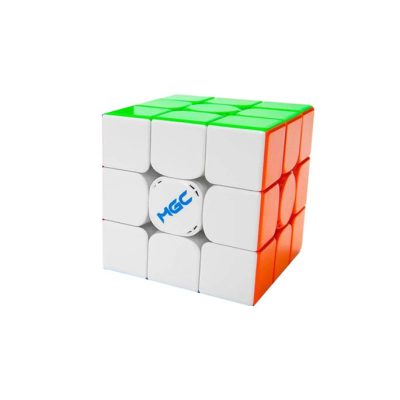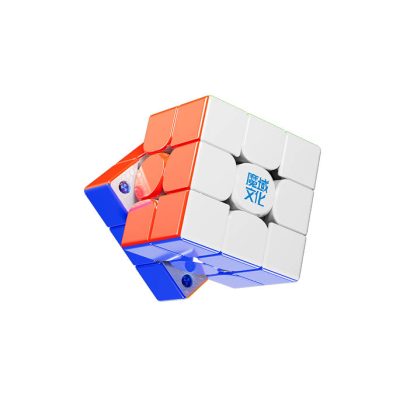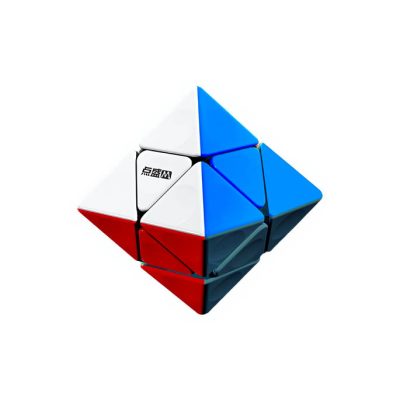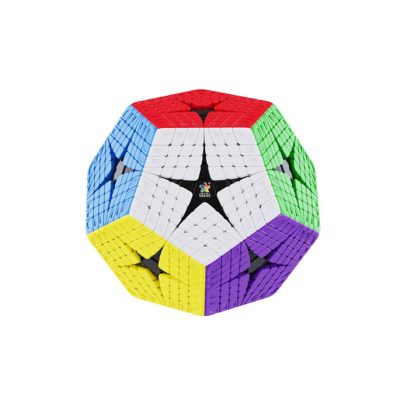-
 Dave Vinke
Dave Vinke
- Leestijd: 5 min
- Laatst geüpdatet: 29/08/2025
Model building video tutorials provide step-by-step guidance in techniques such as gluing, painting, detailing, and assembly. Beginner tutorials focus on fundamental skills, while advanced tutorials cover more complex techniques. You’ll learn not only practical procedures, but also which tools and materials professionals use. The best tutorials can be found on YouTube, specialised websites, and forums where experienced model builders share their knowledge.
What basic skills do you learn from model building video tutorials?
Model building video tutorials teach you the fundamental techniques that every model builder must master: gluing, painting, detailing, and assembly. These basic skills form the foundation for any model building project, from simple aircraft models to complex dioramas.
When learning about gluing, you’ll discover which types of adhesive to use when. Plastic cement for plastic parts, superglue for small details, and epoxy for strong bonds. Tutorials show you the right amount of glue to use and how to create clean joints without excess.
Painting techniques receive significant attention in beginner tutorials. You’ll learn about primers, base coats, and top coats. You’ll also see how to maintain brushes, thin paint, and apply even layers. Many tutorials cover weathering techniques to simulate realistic wear and tear.
Detailing makes the difference between a basic model and a professional result. Videos teach you how to add small components like antennas, cables, and instruments. You’ll also learn to apply decals correctly without air bubbles or tears.
Assembly tutorials demonstrate the proper sequence for construction. Which parts to install first, how to maintain access for painting, and where to exercise extra caution. This sequence prevents frustration and rework later in the process.
How do you choose the right video tutorial for your model building level?
Choose tutorials that match your current experience by examining the complexity of techniques and the pace of instruction. Beginner tutorials spend more time on basic procedures, while advanced tutorials move quickly through familiar steps.
Recognise quality tutorials by their clear camera work, good lighting, and step-by-step explanations. The creator shows their hands during work and explains why certain choices are made. Poor tutorials have blurry footage, bad audio, or skip important steps.
For beginners, look for tutorials that start with tool explanations and material preparation. These videos cover basic techniques thoroughly and make no assumptions about prior knowledge. They also demonstrate common mistakes and how to avoid them.
Advanced model builders can choose specialised tutorials on specific techniques like pre-shading, panel lining, or scratch building. These videos focus on refinement and advanced methods.
Test the level by watching the first five minutes. Do you understand the terminology and follow the procedures? Then the level matches your experience. If you feel overwhelmed or under-challenged, look for a different level.
Also read the comments under videos. Other viewers often share their experiences and indicate whether the tutorial is suitable for beginners or requires more experience.
What tools and materials do you see in professional model building tutorials?
Professional tutorials showcase a wide range of tools: from basic cutting equipment to specialised airbrush systems. You’ll see which tools are truly necessary versus helpful extras that can improve your work.
Basic tools that appear in virtually every tutorial include: hobby knife, cutting mat, various adhesives, brushes, and sandpaper. These tools are essential for any project and form your starter kit.
For painting work, you’ll often see airbrush systems, compressors, and spray booths. While these tools produce beautiful results, beginners can start perfectly well with quality brushes and acrylic paint. Tutorials often demonstrate both methods.
Specialised tools that regularly appear include panel line washes, weathering products, decal softeners, and various primers. These materials elevate your models to the next level but aren’t necessary for your first projects.
Many tutorials also discuss workspace setup: proper lighting, ventilation, and material organisation. A tidy workspace with good LED lighting makes the work more enjoyable and improves results.
Note that creators sometimes feature sponsored products. Watch multiple tutorials to get an objective view of which materials truly add value for your level and budget.
Where can you find the best model building video tutorials online?
YouTube offers the largest collection of model building tutorials from both Dutch and international creators. Specialised forums and websites from model building brands also contain valuable video content for specific techniques and products.
On YouTube, you’ll find channels like Scale Model Database, Plasmo, and Night Shift Scale Models that create comprehensive tutorials for different levels. Dutch channels like Modelbouw Nederland offer content in Dutch with local tips.
Manufacturers like Tamiya, Revell, and Vallejo have their own YouTube channels with product-specific tutorials. These videos demonstrate optimal use of their materials and are often highly detailed.
Facebook groups and Reddit communities regularly share video tutorials from members. Here you’ll also find lesser-known creators who produce excellent work. The community can also help you find specific tutorials.
For structured learning, some websites offer paid courses. These are often better organised than individual YouTube videos and systematically build knowledge.
Search tips: use specific terms like “beginner aircraft model painting” or “weathering techniques armor models”. This yields more targeted results than general search terms. Also check recommended videos, as algorithms often lead you to related quality content.
We have an extensive model building collection at Speedcube with everything you need to get started. From basic tools to advanced materials for experienced builders. Also check our discount rules to see how you can save on multiple purchases.
Frequently Asked Questions
How long before I see good results as a beginner in model building?
With regular practice, you'll see clear improvement in your techniques after just 2-3 projects. The first models are mainly for learning basic skills - don't expect perfect results immediately. Focus on the learning process and enjoy every small step forward you make.
Do I need to buy expensive tools to start model building?
No, start with basic tools: a good hobby knife, cutting mat, plastic cement, acrylic paint, and a few quality brushes. This costs around €30-50 and is sufficient for your first projects. Only invest in more expensive tools like airbrush equipment once you're certain that model building will become your hobby.
What do I do if my model looks different from the tutorial?
This is normal and often happens due to differences in materials, lighting, or experience. Pause the video regularly to compare your work and don't hesitate to repeat steps. Many tutorials also have comments where other builders share their experiences and give tips for common problems.
Can I follow English tutorials if I don't have perfect language skills?
Absolutely! Model building is very visual, so you learn a lot by watching the actions. YouTube also has automatic subtitles you can turn on. Start with English tutorials that explain slowly and clearly - most international creators deliberately speak simple English for a broad audience.
How do I avoid common mistakes I see in tutorials?
Pay close attention when creators say 'watch out here' or 'common mistake'. Take notes while watching and practice on test pieces before working on your actual model. Start with simple projects and gradually build your skills - haste is the biggest enemy of good model building work.
Which Dutch model building communities can I join for extra help?
Look for Facebook groups like 'Modelbouw Nederland' and 'Nederlandse Modelbouwers'. On Reddit you'll find r/modelmakers (international) where many Dutch people are active. Local model building clubs also organise meetings where you can learn directly from experienced builders and ask questions.
How do I best organise my model building workspace?
Ensure good LED lighting (daylight colour), adequate ventilation, and a tidy workspace. Use small containers for parts and keep your tools within reach. A rotating mat is handy for viewing your model from all angles. Invest in proper storage for your paint and materials to prevent waste.
Table of contents
Much viewed
More blogs
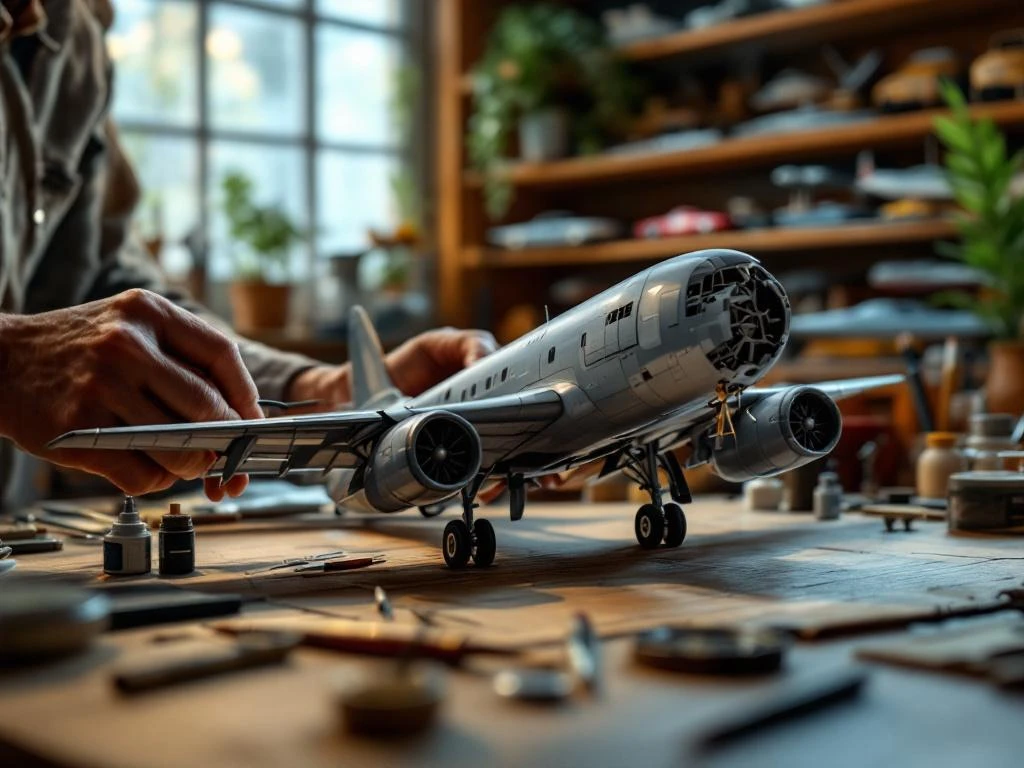
How do you share model building knowledge with others?
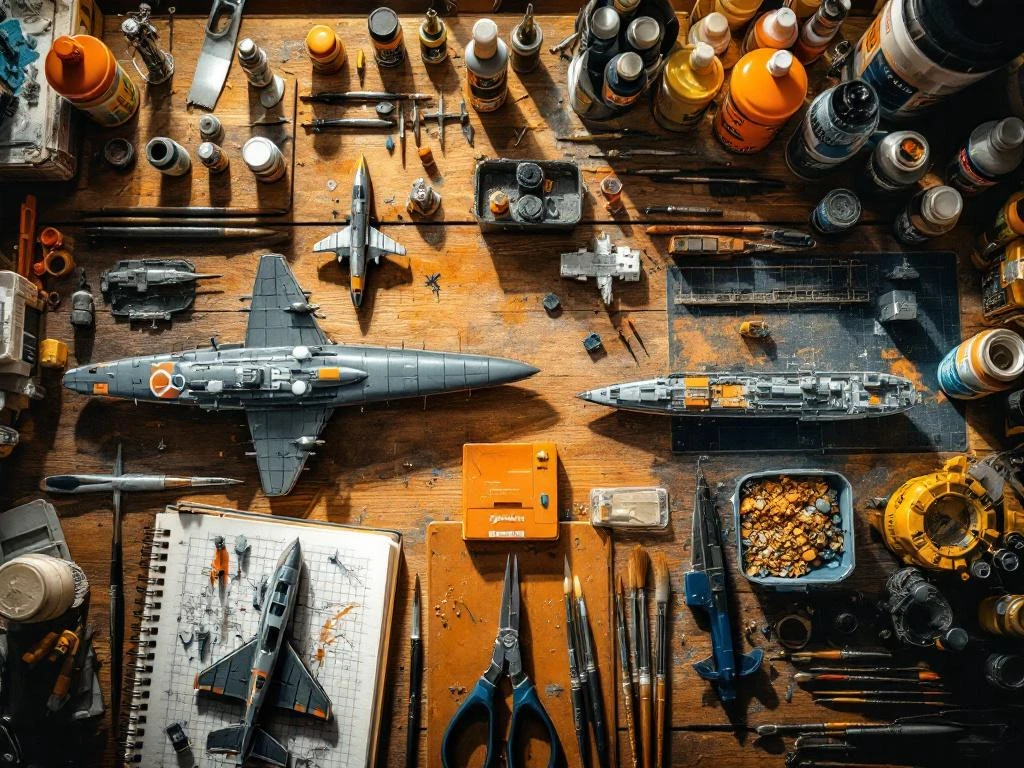
Which model building communities are active in the Netherlands?
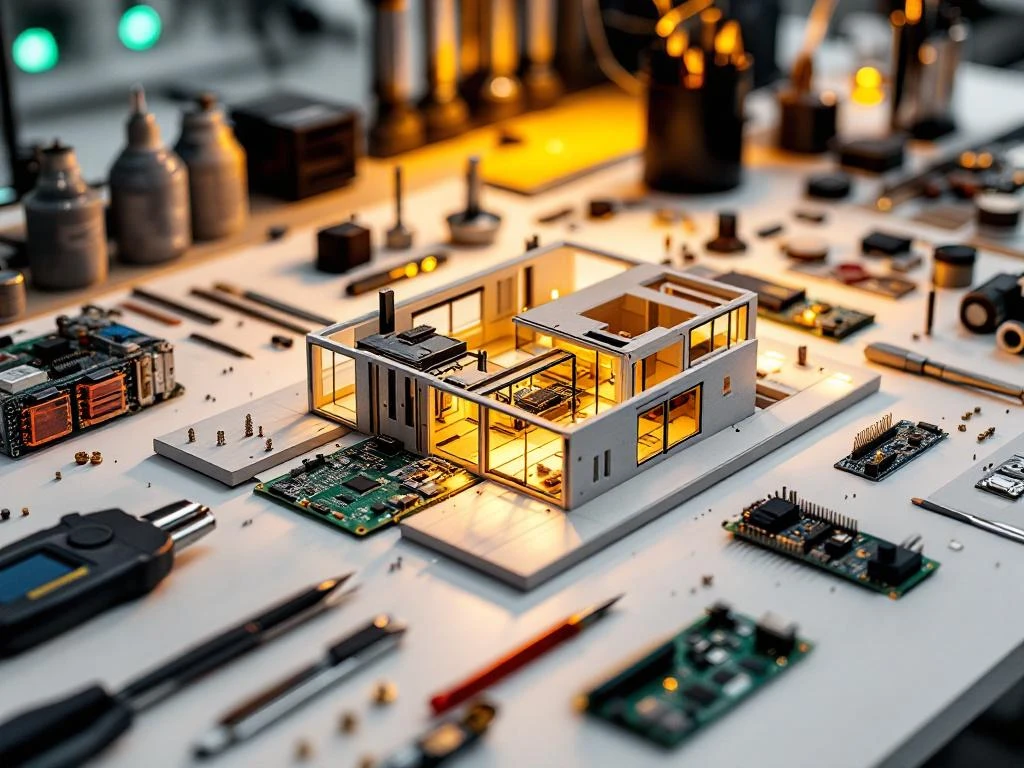
What are smart model building solutions?

